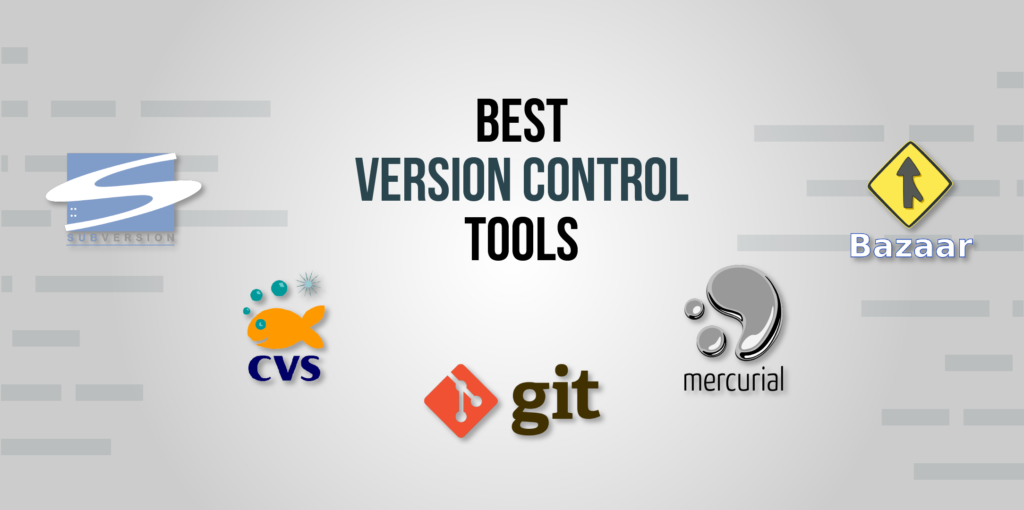The version control system acts as a virtual assistant to most application developers, especially when two or more developers work simultaneously on a project. To streamline development-related tasks of different projects, developers need a system to monitor the changes made by each one of them. Doing so not only saves the precious time of developers but also reduces their hassle when they collaborate with other developers in developmental tasks.
Several tools act together to control the actions of the version control system. Read on to get an insight into different kinds of version control tools.

Subversion (SVN)
With the benefit of high-performance GUI tools and support for empty directories, SVN is a top version control tool. One can administer or set it up in a simple way. Whether a developer wants to copy a code or delete it or move it, SVN makes all these operations simple and easy.
For those who are concerned about storage, SVN’s binary diff storage system saves space for storing more files within limited space. It also supports the versioned formats of many elements that are useful for coding, including directories and metadata.
The other features of SVN include standalone server operation, the ability to lock files, the ability to authorize files or data based on a path, full support for MIME, and the ability to merge tracking.
Concurrent Versioning System (CVS)
CVS presents an easy repository model for both clients and servers. It has the arrangement to allow two or more developers to work together on a specific project without any issue. With CVS, storage is never a problem as it can store files of larger sizes based on its delta compression technology.
Besides, CVS also has adequate arrangements to secure the files of a project. It segregates symbolic links to protect the confidential files and folders of a project from prying eyes.
Among the noteworthy positives of CVS, the prominent ones include its high compatibility with multiple platforms and its less complex concepts and method of functioning. Due to its less complex nature, it comes across as an easy-to-understand option to those who use it. Also, users can rely on it for powerful scripting.
GIT
At present, Git occupies a top spot on the list of the leading version control tools. From supporting non-linear development to garbage accumulation, there is a long list of features that Git brings to the table.
Other than these features, Git also includes several other attributes. For one, it is compatible with several protocols and systems. These include ssh, FTP, HTTP, and more. Git also has a distributed repository model.
The repositories of Git consist of files of different versions linked to a project. Developers can retrieve these files for the modification of content at their will.
Apart from repositories, Git also possesses other useful features such as pluggable merge strategies, explicit object packing abilities for a particular period, and the ability to authenticate history.
Mercurial
Software development professionals use Mercurial in conjunction with Python in their projects for a good reason. Its web interface is well integrated with the ability to handle binary files along with plan text.
It is scalable and delivers robust performance. Moreover, it supports collaborative development with the ability to merge and branch codes whenever necessary.
Apart from these attributes, it is easy to learn and isn’t too heavy. These features add up to highlight that Mercurial is a powerful, fast, and concept-wise less complicated tool for controlling the versions of codes.
Bazaar
Based on Python 2 and a repository model favoring both clients and servers, Bazaar possesses directories with tracking support. This feature is not present even in some top tools such as Mercurial and Git that give Bazaar a tough competition.
It is a distributed version control tool with high speed, an easy-to-use plugin system, and an efficient storage system. What makes it worth consideration is its cross-platform support for OS, coupled with free hosting services.
Final thoughts
While there are many top-notch version control tools, the ones listed above are the best for software projects. If you haven’t included them in your scheme of things yet, consider doing it for a smooth controlling of versions in project-related tasks.